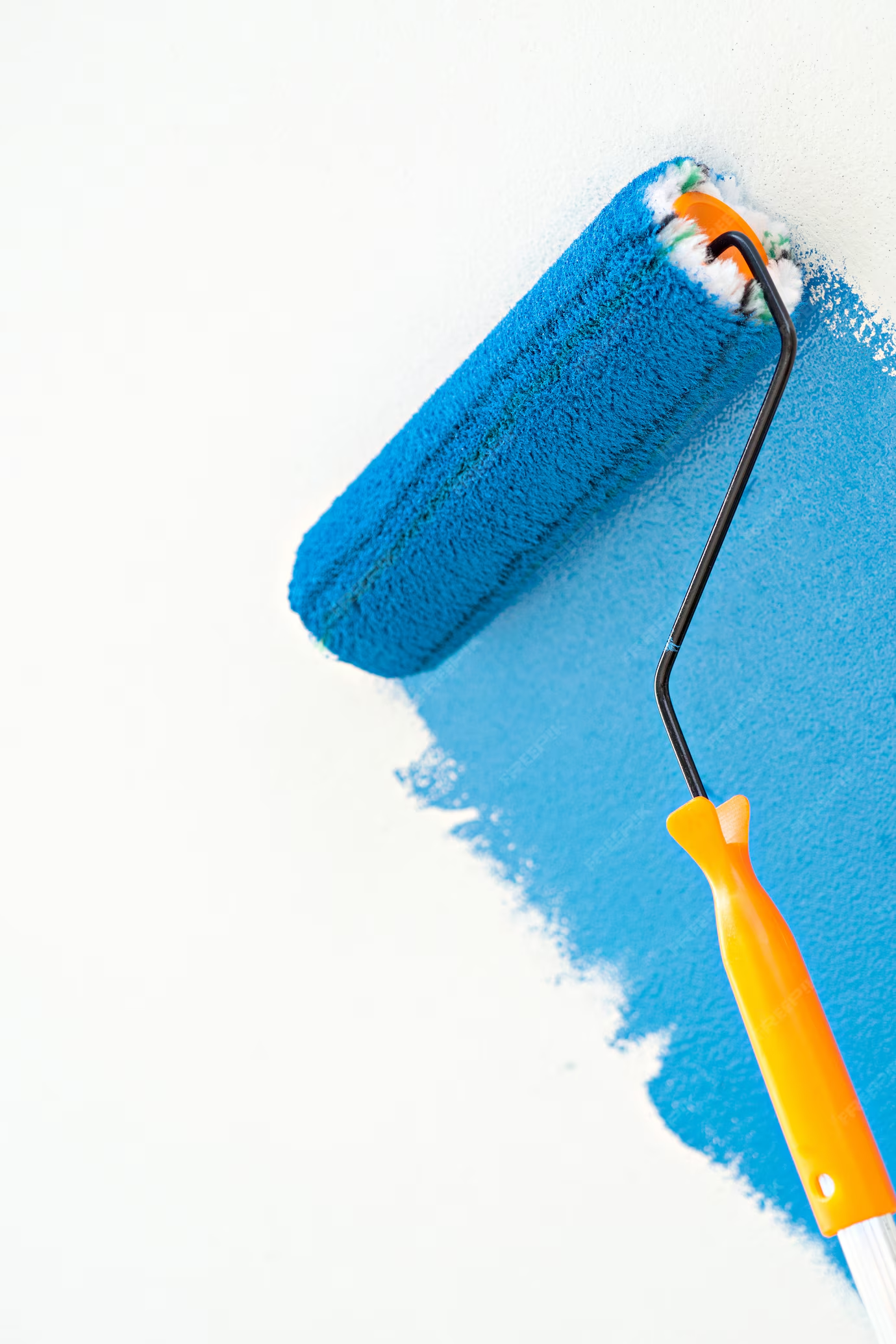Pigment Dispersant MF is a widely used chemical compound that helps spread and stabilize tiny solid particles, like pigments or dyes, in liquids such as water. It’s popular in industries like paints, textiles, ceramics, and more because it makes products look better and manufacturing easier.
What is Pigment Dispersant MF?
Pigment Dispersant MF, sometimes called Methylnaphthalene Sulfonate Formaldehyde Condensate, is a type of anionic surfactant—a chemical that lowers the surface tension between particles and liquids. Think of it like a helper that keeps tiny bits of pigment or dye from sticking together in a liquid, ensuring they spread out evenly. This prevents clumps and makes mixtures smooth and consistent, which is super important for things like paint or fabric dye. It’s especially great for water-based products and works well even in tough conditions, like high heat or acidic environments.
How Does It Work?
Imagine you’re mixing colored powder (pigment) into water to make paint. Without help, those tiny pigment particles might stick together, forming lumps that make the paint look uneven or settle to the bottom of the can. Dispersant MF steps in by attaching to the surface of these particles. Because it has a negative charge (anionic), it creates a kind of invisible shield around each particle, pushing them apart so they don’t clump. This makes the mixture smooth and stable, so the paint or dye applies evenly and stays that way over time.
Key Features
Here’s why Dispersant MF is so popular:
- Spreads Particles Really Well: It can disperse at least 90% of pigment particles, meaning almost all the pigment gets evenly spread out in the liquid, creating a consistent mix.
- Handles Heat: It stays effective even at high temperatures, which is great for processes like dyeing fabrics that involve heat.
- Tough Against Chemicals: It works in acidic or alkaline conditions and isn’t affected by hard water (water with lots of minerals) or salts, so it’s reliable in different settings.
- Dissolves Easily: It mixes well in water, no matter the water’s quality, making it easy to use in water-based products.
- Low Foam: Unlike some chemicals that create lots of bubbles, Dispersant MF keeps foam to a minimum, which is helpful in manufacturing because too many bubbles can cause problems.
- Improves Color and Shine: It helps paints and dyes look brighter and more vibrant while giving coatings a glossy finish.
Where is It Used?
Dispersant MF is a go-to in many industries because it makes products better and manufacturing faster. Here are the main places it’s used:
- Paints and Coatings:
- In water-based paints, it ensures pigments are evenly mixed, so the paint goes on smoothly and the color looks consistent.
- It stops problems like flocculation (where pigment particles clump together) or sedimentation (where they sink to the bottom), which can ruin a paint’s look or performance.
- It makes mixing easier, saving time and energy during production, which cuts costs for manufacturers.
- The result is paint with better color strength, gloss, and a professional finish that customers love.
- Textile Dyeing and Printing:
- When dyeing fabrics, Dispersant MF helps dyes spread evenly, so the fabric gets a uniform color without patches or streaks.
- It makes colors pop, giving textiles a bright, high-quality look.
- Its ability to handle high temperatures is perfect for dyeing processes that use heat to set the color.
- It’s also used in textile printing, where it helps create sharp, vibrant patterns on fabrics.
- Pigment Pastes:
- Pigment pastes are concentrated mixtures of pigments used in paints, inks, or coatings. Dispersant MF helps make these pastes smooth and stable.
- It allows manufacturers to use less pigment to achieve strong colors, saving money while maintaining quality.
- These pastes are easier to mix into final products, ensuring consistent results.
- Ceramics:
- In ceramic production, Dispersant MF helps mix clay or other particles into a smooth slurry (a liquid mixture), which is used to make tiles, pottery, or other ceramic items.
- It prevents particles from clumping, leading to smoother, more uniform ceramics.
- Leather Tanning:
- In leather processing, it helps tanning chemicals spread evenly, ensuring the leather is treated consistently for better quality and appearance.
- Pesticides and Agriculture:
- It’s used in some agricultural products, like pesticide suspensions, to keep active ingredients evenly distributed so they work effectively when sprayed.
- Other Uses:
- It can be found in industries like paper manufacturing, where it helps disperse fillers or coatings, or in construction, where it’s used in cement or concrete additives to improve workability.
Why is It So Helpful?
Using Dispersant MF comes with a bunch of benefits that make it a favorite for manufacturers:
- Better-Looking Products: It ensures paints, dyes, and coatings have vibrant colors, smooth textures, and a professional finish, which customers notice.
- Saves Time and Money: By making pigments easier to mix, it cuts down on the time and energy needed for production, lowering costs.
- Prevents Problems: It stops issues like clumping, settling, or uneven color, which can ruin products and lead to waste.
- Works in Tough Conditions: Its ability to handle heat, acids, alkalis, and hard water makes it reliable for all kinds of manufacturing processes.
- Versatile: It works with many types of pigments and in different industries, so it’s a flexible solution for manufacturers.
How to Use It
- Amount: The exact amount of Dispersant MF depends on the product and pigment, but it’s usually added in small amounts—around 0.5% to 2% of the pigment’s weight. Manufacturers test to find the perfect dose for their needs.
- Mixing: It’s typically added to water or a liquid base before mixing in the pigment. This ensures it coats the particles properly for even dispersion.
- Best for Water-Based Systems: It shines in water-based products like latex paints or textile dyes. For solvent-based systems (like oil-based paints), other dispersants might work better, or adjustments may be needed.
How It Compares to Other Dispersants
There are other dispersants out there, like polycarboxylate-based ones or non-ionic surfactants, but Dispersant MF is special because:
- It’s super effective at dispersing pigments, often outperforming others with its 90%+ dispersion rate.
- It handles tough conditions like high heat or acidic environments better than some alternatives.
- It’s cost-effective, offering great results without needing large amounts. However, it’s mainly designed for water-based systems, so for solvent-based products, manufacturers might choose a different dispersant.
Things to Keep in Mind
- Storage: Store it in a cool, dry place to keep it effective. Exposure to moisture or extreme heat could reduce its performance.
- Safety: Like any chemical, handle it with care. Follow safety guidelines, like wearing gloves or goggles, and check the product’s safety data sheet for details.
- Testing: Since every pigment and process is different, manufacturers often test Dispersant MF in small batches to find the right amount and method for their specific needs.
Real-World Example
Imagine you’re making a bright red water-based paint. Without a dispersant, the red pigment might clump, leaving you with a streaky paint that looks dull and settles quickly. By adding a small amount of Dispersant MF, the pigment particles spread out evenly in the water, creating a smooth, vibrant paint that applies easily, stays mixed in the can, and gives a glossy, professional finish when painted on a wall. Plus, it took less time to mix, saving energy and money at the factory.
Conclusion
Pigment Dispersant MF is like a behind-the-scenes hero in industries that rely on pigments and dyes. It makes paints, textiles, ceramics, and other products look better by ensuring colors are bright, even, and long-lasting. It saves manufacturers time and money by making mixing easier and preventing problems like clumping or settling. Its ability to work in tough conditions—like high heat or hard water—makes it a reliable choice for all kinds of applications. Whether you’re painting a house, dyeing a shirt, or making ceramic tiles, Dispersant MF helps create high-quality results that stand out.

